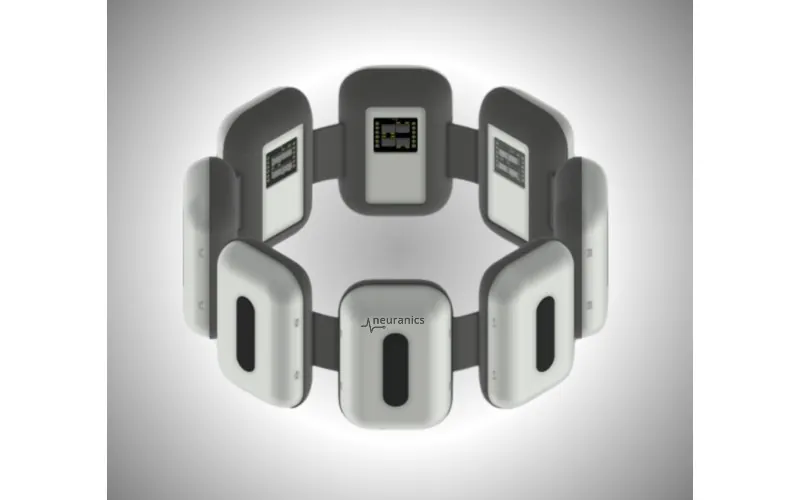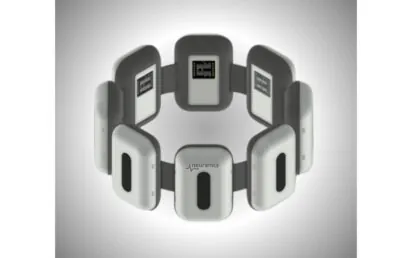Neuranics has raised £6.1m to develop magnetic sensing technology which it says has the potential to disrupt several sectors.
The Glasgow firm is targeting global growth and the commercial adoption of its Tunnelling Magnetoresistance (TMR) tech into emerging and high-tech markets, including XR, wearables and digital health.
Founded in 2021 as the first-ever joint spinout from the University of Glasgow and the University of Edinburgh, Neuranics – recently recognised with a CES Innovation Award – has quickly established itself at the forefront of magnetic sensing innovation.
The investment round was led by Blackfinch Ventures, with participation from Archangels, and continued support from Par Equity, the University of Glasgow and Old College Capital, the University of Edinburgh’s venture investment fund.
Neuranics’ ultra-sensitive, low-power, and scalable sensors detect tiny magnetic signals from the human body, enabling precise tracking of muscle activity for gesture recognition and heart signals – all without skin contact.
New chair & £1m fundraise to scale Habitual weight loss solutions
It says it is actively collaborating with world-leading Tier-1 semiconductor and XR manufacturers to demonstrate its value in validating performance and production readiness for scaling into high-volume applications across consumer, industrial and healthcare markets.
“This investment marks a significant step forward as we continue pioneering new applications for magnetic sensing,” said Noel McKenna, CEO of Neuranics.
“With the support of our investors, we are expanding our team, advancing our technology, and bringing our solutions closer to widespread adoption.”
Kimberley Hay, senior ventures manager at Blackfinch Ventures, commented: “The team at Neuranics have shown us that they can not only accurately detect finite movement, but do so whilst consuming low power, which clearly opens up a tremendous number of applications across business and industry.
“Neuranics have an exciting market for their technology and we look forward to working with the team.”


